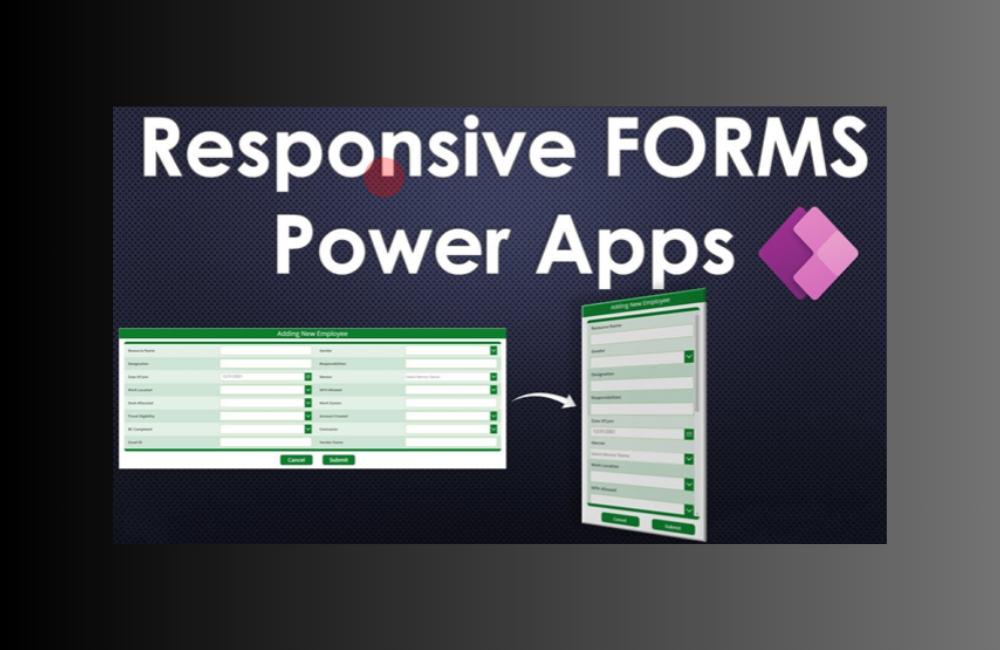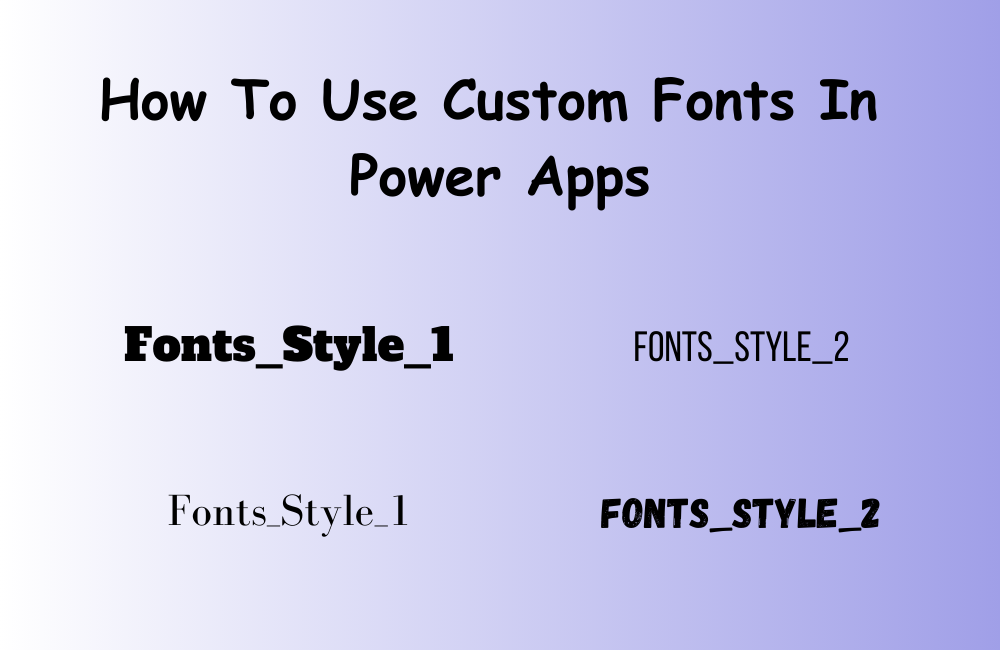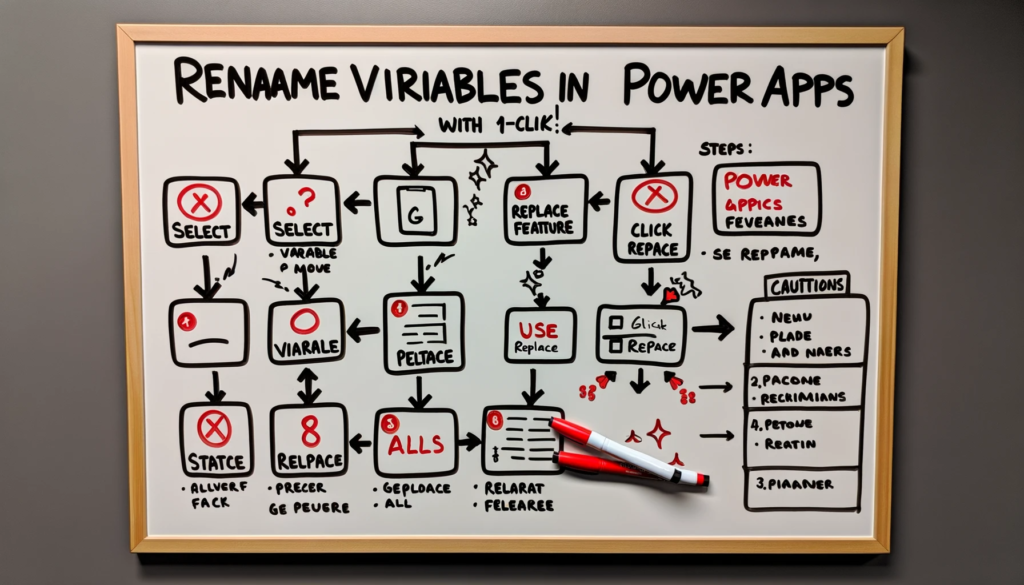Understanding Power Apps: How to Overwrite an Existing App
When diving into Power Apps, a common question arises: “what is a Power App?” Power Apps, a product from Microsoft, revolutionizes the way we design and deploy applications, especially for business processes. However, with its advancements, certain features have become challenging to locate. One such feature is the ability to overwrite an existing app. If you find yourself struggling to locate this option in the modern app designer, you’re not alone. This guide offers insights into seamlessly saving and overwriting apps, ensuring your development process remains streamlined. For any technical assistance, feel free to contact us.
Modern App Designer: A Shift in Features
The update to the app designer has made it a tad bit challenging to spot some of the features we were accustomed to. For instance, the option to open and save .msapp files might seem elusive. Additionally, many users have found it tricky to locate the option to save and overwrite an existing Power Apps file.
The importance of this feature is paramount. The ‘save as’ and overwrite functionality empowers app developers, allowing them to work autonomously, export/import apps, and deploy changes while preserving the original app ID and sharing configurations. However, the newer design throws an error stating, ‘This name already exists, please choose a different name,’ obstructing the process.
Saving and Overwriting: A Step-by-Step Guide
Despite the challenges, there’s a workaround. Here’s how you can overwrite an existing Power Apps file:
- Navigate to the variables menu item within the app designer. This provides access to the previous ‘file menu’.
- Once inside the Variables section, locate the legacy ‘Save as’ menu option.
- Proceed to choose the desired app name you wish to overwrite.
- Lastly, select the ‘Replace the existing app or component library here’ option, which will overwrite the existing file.
For enhanced user experience, it’s advisable that Microsoft incorporate the ‘Replace the existing app or component library here’ option directly into the modern ‘Save As’ dialog. Users can show their support for this suggestion by voting on the official Power Apps Ideas forum.
Conclusion
Power Apps continues to be a transformative tool for developers and businesses alike. As it evolves, some features might become harder to locate, but with the right guidance, navigating these changes becomes manageable. We hope this guide aids you in overwriting your Power Apps seamlessly. For more insights, tutorials, or assistance regarding Power Apps or other technical queries, don’t hesitate to reach out to us at SoftwareZone365. We’re here to assist and ensure you harness the full potential of your tools.






